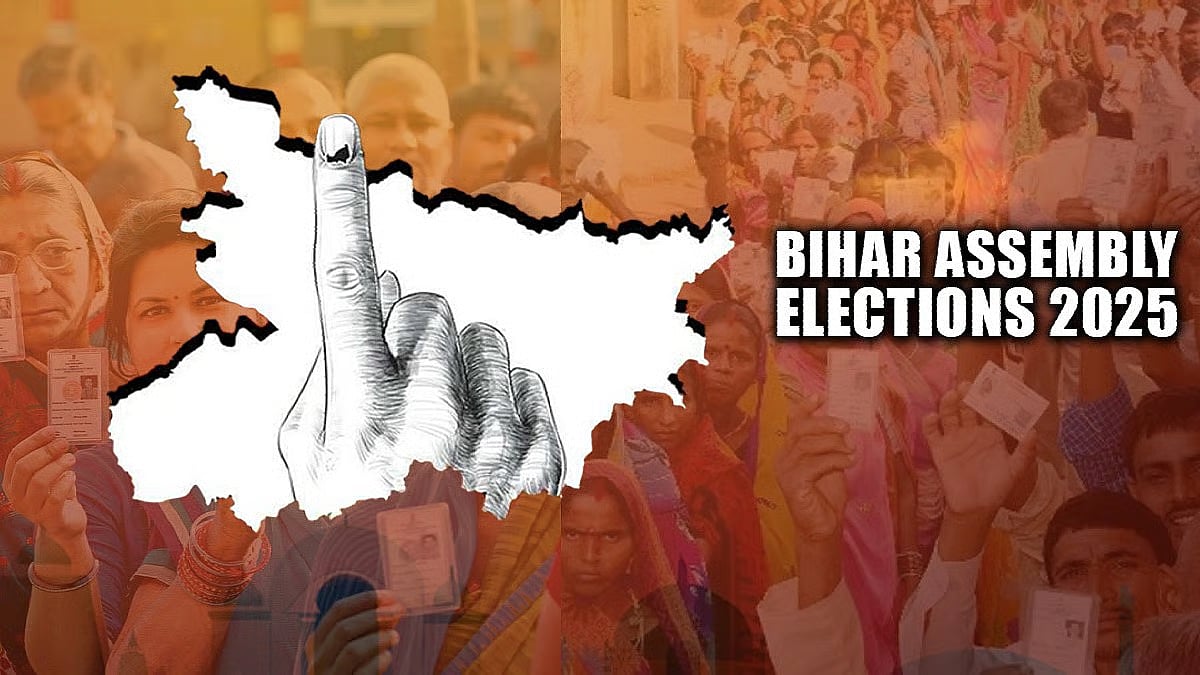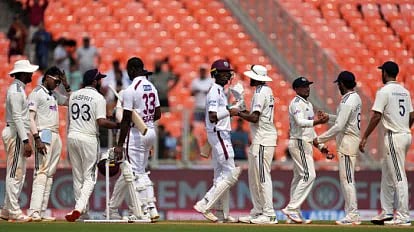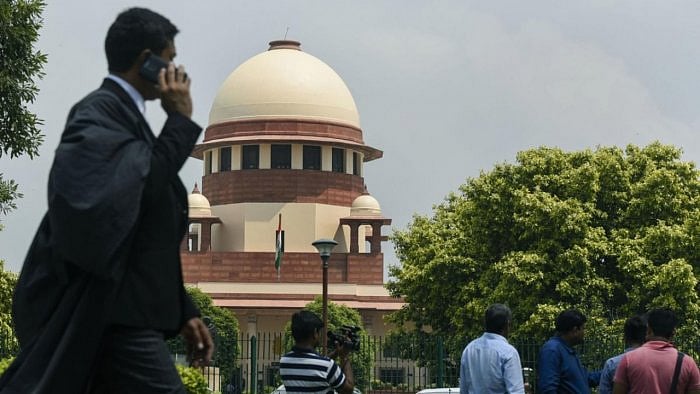The famous seven-year itch does not apply just to marital relationships. Which after the initial flush of romantic idealism, must face some home truths; like diaper inventory, house-help shortages, a distracting flirty office colleague, diminishing libido and the proverbial mother-in-law’s oppressive intrusions. Similar bugs exist in our political ecosystem as well; hubris of power, alliance strife, faulty laws, collapsed economy, motormouths on a roll, corruption allegations etc. Nothing is a constant. Dysfunctionality sets in. The experience of both the Congress and the BJP confirm the prevalence of this exasperating bug. It usually forces a course correction.
In the 2009 general elections, the Congress made a thumping return, with its highest Lok Sabha tally since 1991 when it got 206 seats. Prime Minister Dr Manmohan Singh’s obdurate position on the civil nuclear deal charmed voters who saw in the soft-spoken erudite Sardar, a steely determination, an indissoluble resolve for integrity.
UPA-1 in 2004
Further, the UPA-1, which had gobsmacked psephologists with a stunning performance to upset the Bharatiya Janata Party’s (BJP) ‘India Shining’ narrative in 2004, had brought in some landmark reforms (RTI, MNREGA etc.). The economy had survived the global devastation caused by the US mortgage crisis. In fact, India was growing at an average rate close to 9 per cent GDP; it was by all means a spectacular outlier, like its northern neighbour, China.
Economists toasted India at Davos and Dalal Street acknowledged it with a booming response. Several books were authored about the great Asian revivalism and whether the Tiger vs Dragon story would be the defining story of the new millennium. Private sector made ambitious plans, infrastructure investments skyrocketed, start-ups blossomed, the 3Ms -malls, mobile and multiplexes became the middle-class obsession. Some were extremely sanguine; India’s golden period had arrived. Then, just as suddenly, Anna Hazare and Arvind Kejriwal happened to the Congress party. Seven years after that unexpected victory, the grand old party caught a bug that gave it a severe itch.
India Against Corruption
The RSS-backed Hazare-Kejriwal India Against Corruption protests snowballed into a herculean headache for the UPA, which succumbed meekly. True, there were procedural violations in allocation of scarce resources in land, spectrum and coal, but the UPA was like a greenhorn in its handling of these crises. Jantar Mantar and Ram Lila dominated the airwaves, with frenetic television channels giving the melodramatic, theatrical razzmatazz unlimited airtime to thrash the government. Public outrage rose exponentially. The same middle-class that was Manmohan Singh’s trump card in 2009, now stood disillusioned.
Soon policy paralysis gripped the government, which sacrificed bold governance for 24x7 firefighting for survival. Its reputation in smithereens, the Congress fumbled and stumbled. The BJP went after it like a hungry lion against an injured deer. In the 2014 elections, the Congress had a catastrophic collapse, slumping from 206 to its worst ever electoral humiliation at 44 seats. The seed of the rout was sown during 2011, seven years after climbing Himalayan peaks. For the BJP, a similar script is playing out.
Modi jumped in
Narendra Modi sensed early that 2014 was up for grabs. After all, everyone could see the writing on the wall, except unfortunately, the Congress. Despite an underwhelming sub-par performance, which included the mammoth disaster called demonetisation, sloppy execution of the GST, rising farmer distress, record unemployment, charges of crony capitalism, and the rise of an aggressive majoritarian politics that led to ugly lynchings, Modi returned in 2019 with an even bigger tally.
For the second time, the BJP had a commanding, absolute majority. Pundits forecasted that Modi 2.0 would revolutionise India. His famous slogan, minimum government, maximum government and ‘Sabka Saath Sabka Vikaas’, which had remained a ludicrous travesty in his first five years would now see fruition. But seven years after his dazzling debut, as we enter the last quarter of 2021, it is more than apparent that the Modi government looks highly vulnerable. It has caught the flu.
Clashes with farmers in UP
The violent clashes with farmers at Lakhimpur Kheri in Uttar Pradesh where nine innocent people have been killed manifests the BJP’s real problem; it is intoxicated with power. They sincerely believe they will govern forever (Amit Shah has prognosticated 50 years). The Indian economy continues to stagnate, despite some green shoots. Jobless individuals and bankrupt small business-people have committed suicide, inflation is rising, oil prices are cruising northwards, fresh private investments are hard to come by, democracy has crumbled, institutions are infiltrated with saffron sympathisers, and the BJP is still brazenly polarising India.
In any other democratic country, the BJP government would have been on its last legs. Not in India yet, largely on account of a sleepy-headed, disorganised Congress. But things can change rather quickly, as the other opposition parties recognise a clear opportunity.
As 2021 draws to an end, the defining image will be that of a country that watched helplessly as desperate patients died due to zero oxygen supply, vaccination programmes being cancelled, bodies floating in the sacred Ganges river, funeral pyres in parking lots, VIP requests for cremation access and India getting ravaged to the core. This was entirely on account of the BJP’s vulgar vanity and towering incompetence. By all accounts, the death toll could be multiple times the official number of an already staggering 450,000.
The Congress went rapidly downhill from 2011. What happens to the BJP from here on remains to be seen. But trust me, the itch is for real.
The author is former spokesperson of the Congress party










